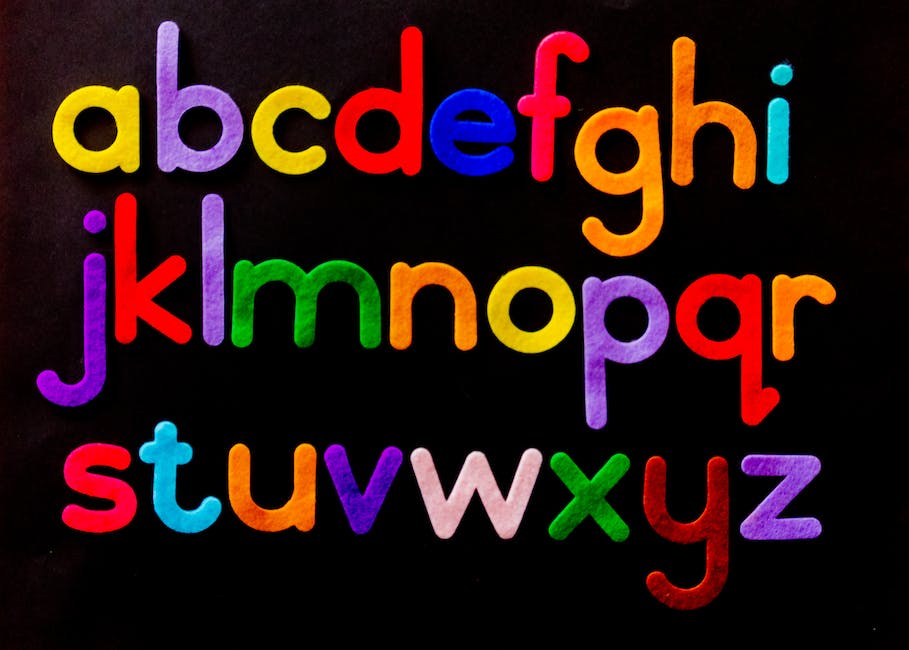Value Based Pricing: What You Need to Know
As a freelancer, you may have pondered on how to price your services in a way that accurately reflects their worth. One method you might have come across is value-based pricing. But what exactly is this pricing model? And how does it differ from others? More importantly, how can it help improve your business? In this blog post, we’ll explore value-based pricing, its relevance to freelancers, and the many aspects that surround it.

Deciphering the Concept of Value-Based Pricing
At its core, value-based pricing is a strategy where prices are based on the customers’ perceived value of the service. This means that instead of setting a price based on costs or competition, you price your services based on the value it brings to your client. This may sound simple, but it’s a concept that requires a shift in perspective.
Unlike cost-plus pricing where the price is determined by adding a markup to the cost of the service, or competitive pricing where the price is set based on what competitors are charging, value-based pricing focuses on the customer. It asks, “How much is this service worth to my client?” By answering this question, you can set a price that is commensurate with the value your services provide.
The Importance of Value-Based Pricing for Freelancers
So, why should freelancers consider value-based pricing? For one, it can potentially lead to increased profits. If your clients perceive high value in your services, they’ll be willing to pay more. This can result in revenue that’s significantly higher than what you would get from cost-plus or competitive pricing.
Moreover, value-based pricing can foster better client relationships. When you price your services based on value, you show your clients that you understand their needs and the value they derive from your work. This can build trust and strengthen your relationship with them.
Doesn’t this sound like an approach worth considering? But remember, it’s important to understand how to effectively implement this pricing model, which we will cover in the next section.
How to Implement Value-Based Pricing
Are you ready to adopt value-based pricing in your freelance career? You’re already one step ahead by recognizing its potential. But how do you go about it? Let’s get down to the nitty-gritty.
Understanding Your Client’s Perceived Value
The first step in implementing value-based pricing is understanding your client’s perceived value. What does your client consider valuable? What are they willing to pay for? Remember, it’s not about what you think is important, but what your client perceives as valuable.
One way to gauge this is by conducting thorough client research. Get to know their needs, their expectations, and their budget. Ask probing questions to uncover their pain points and how your service can address them. It’s all about perspective, isn’t it?
Setting Your Price According to Perceived Value
Once you’ve understood your client’s perceived value, the next step is setting your price. This might seem daunting, but it’s important to remember that the price should reflect the value your work offers to the client.
Consider the impact of your service on their business. Does it improve efficiency? Does it drive more sales? Does it solve a significant problem? If the answer to these questions is ‘yes’, then your price should reflect that. It’s only fair, isn’t it?
Common Mistakes to Avoid While Implementing Value-Based Pricing
While value-based pricing has its advantages, it’s not without its pitfalls. Being aware of these can save you from unnecessary headaches down the line.
One common mistake is not thoroughly understanding the client’s perceived value. As we mentioned earlier, your price should reflect the value you bring to the client. If you don’t understand this, you might end up setting a price that is too high or too low. Don’t let this be you!
Another common mistake is not communicating the value you offer effectively. Your clients need to understand why your price is what it is. Show them the direct benefits your service offers, make it tangible, let them see the value!
Finally, don’t forget to review and adjust your prices regularly. The perceived value can change over time, so it’s important to stay updated. After all, you wouldn’t want to miss out on a chance to increase your profits, would you?
The Pros and Cons of Value-Based Pricing
So, you’re considering adopting value-based pricing for your freelance business. But is it all sunshine and roses? Like any pricing model, value-based pricing has its fair share of advantages and disadvantages. Let’s dive into them, shall we?
Pros of Value-Based Pricing
Firstly, the major advantage of value-based pricing is the potential for increased profits. By pricing your services based on the perceived value rather than the cost of production, you could potentially charge much more than you would under a cost-plus pricing model.
Another benefit is the potential to build deeper client relationships. When clients see the value they’re getting, they’re more likely to become repeat customers. Furthermore, value-based pricing encourages you to truly understand your client’s needs and deliver on them, which can foster a stronger client-freelancer relationship.
Cons of Value-Based Pricing
However, value-based pricing is not without its challenges. One major drawback is the difficulty in accurately assessing the client’s perceived value. This requires a deep understanding of your client’s business, industry, and customers, which can be time-consuming and challenging to acquire.
There’s also the risk of underpricing your services. If you underestimate the value that your services provide to the client, you could end up charging less than you deserve. This could lead to financial strain and even devalue your work in the eyes of your clients.
Incorporating Value-Based Pricing Into Your Business Model
So, you’ve weighed the pros and cons, and you’re ready to take the plunge. But how do you incorporate value-based pricing into your existing business model without causing disruption? Here are some strategies to help you make a smooth transition.
Start with a Small Client or Project
Consider starting with a small client or project. This allows you to test the waters and refine your approach to value-based pricing before applying it to larger, more critical projects.
Remember, it’s important to communicate clearly with your client about this change in pricing structure. Be sure to explain the benefits to them – they’ll be more likely to accept the new pricing model if they understand the value they’re getting.
Gradually Increase Your Prices
Another strategy is to gradually increase your prices. Instead of making a sudden jump, slowly raise your prices over time. This can make the transition less shocking for your clients and give you time to adjust to the new pricing model.
Value-based pricing can be a powerful tool for freelancers. While it’s not without its challenges, the potential benefits make it worth considering. By understanding the pros and cons, and strategically incorporating it into your business model, you can leverage value-based pricing to increase your profits and build stronger client relationships.

Case Examples of Successful Value-Based Pricing
While we can’t delve into specific case studies, there are plenty of examples of freelancers and small businesses that have successfully implemented value-based pricing. Let’s consider these general scenarios.
Imagine a freelance graphic designer who used to charge by the hour. After switching to value-based pricing, they started assessing each project’s specific value to the client. This allowed them to charge more for projects that had a higher perceived value, like designing a logo versus a simple flyer. Consequently, their earnings increased, and clients felt more satisfied knowing they were paying for results, not hours.
Another example is a small digital marketing agency. Instead of pricing their services based on costs or what competitors charged, they adopted a value-based model. They took into account the potential increase in their clients’ revenue as a result of their marketing campaigns. By demonstrating the value they could bring to their clients’ businesses, they were able to command higher fees and improve their bottom line.
Practical Takeaways for Freelancers
So, what can you, as a freelancer, take away from this blog post? Here are some practical tips and strategies to implement in your pricing strategy:
-
Understand your client’s perception of value: The more you understand what your clients value, the better you can price your services.
-
Don’t undervalue your work: Remember that value-based pricing is about charging what your work is worth to the client, not what it costs you.
-
Communicate the value: Make it clear to your clients how your services will benefit them. Show them why they should pay more for your services compared to others.
-
Be flexible: Value-based pricing is not a one-size-fits-all model. Adjust your pricing based on the specific value each project brings to your client.
These tips can help you transition to a value-based pricing model and potentially increase your earnings. Ready to give it a try?
Wrapping Up: The Power of Value-Based Pricing
As we reach the end of our discussion on value-based pricing, let’s revisit why it’s such a powerful tool for freelancers.
Value-based pricing allows you to charge what your work is truly worth to the client. It encourages clients to see your services as an investment rather than a cost. This pricing model can lead to increased income and better client relationships, as it aligns your interests with those of your clients.
Remember, the journey to implementing value-based pricing may not be easy, but it’s worth it. Are you ready to harness the power of value-based pricing and take your freelance business to new heights?
Get Organized & Win More Clients
Kosmo has everything you need to run your freelancing business.

















